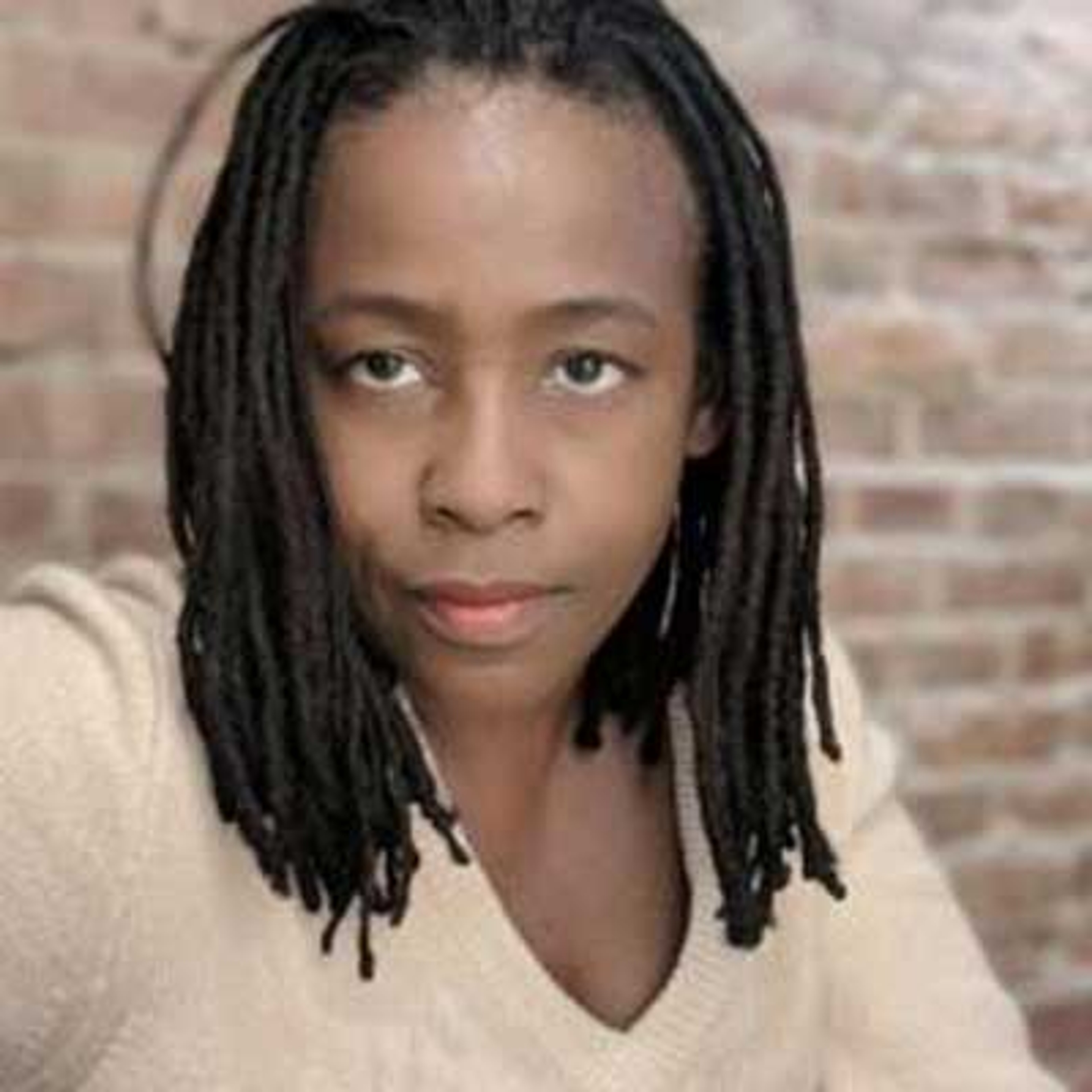Stephanie Dinkins

Stephanie Dinkins is a transdisciplinary artist interested in creating platforms for ongoing dialogue about artificial intelligence as it intersects race, gender, aging and our future histories. Her most recent project is a collaboration with Bina 48, an intelligent computer built by Terasem Movement Foundation that is said to be capable of independent thought and emotion. Through Conversations with Bina48, Dinkins develops a long-term relationship between a person and an autonomous robot, in the process exploring the bounds of human consciousness, what it means to be human, mortality and our ability to exist beyond the life of our bodies (transhumanism). Her work has been exhibited at venues including Herning Kunstmuseum, Spellman College Museum of Fine Art, Contemporary Art Museum Houston, Wave Hill, the Studio Museum in Harlem, Spedition Bremen, and the corner of Putnam and Malcolm X Boulevard in Bedford-Stuyvesant, Brooklyn. Her work has been written about in media outlets such as Art In America, New York Times, Washington Post, Baltimore Sun and SLEEK Magazine. She is a 2017 A Blade of Grass Fellow and a 2018 Truth Resident at Eyebeam, NY.